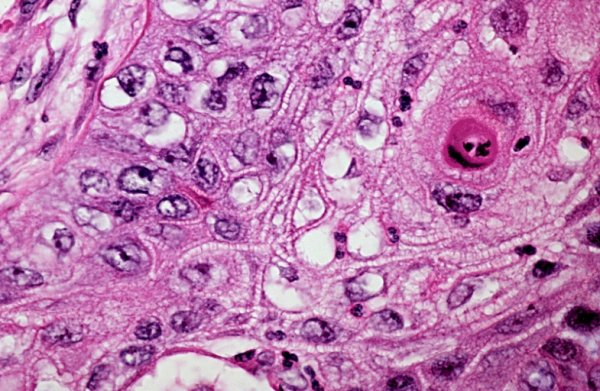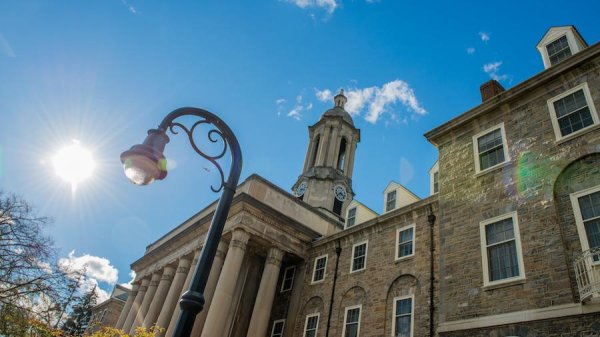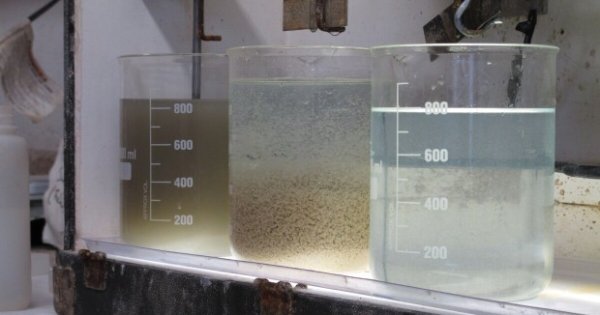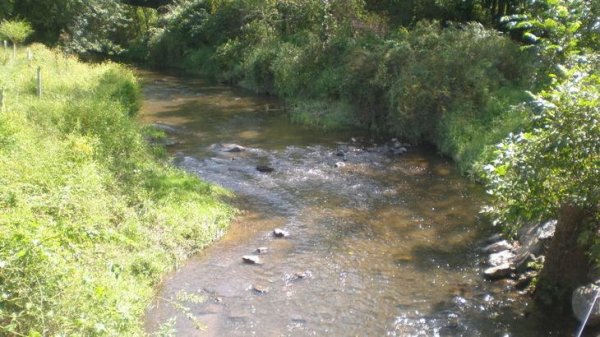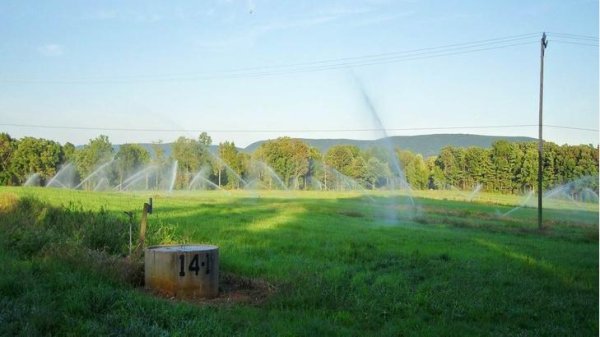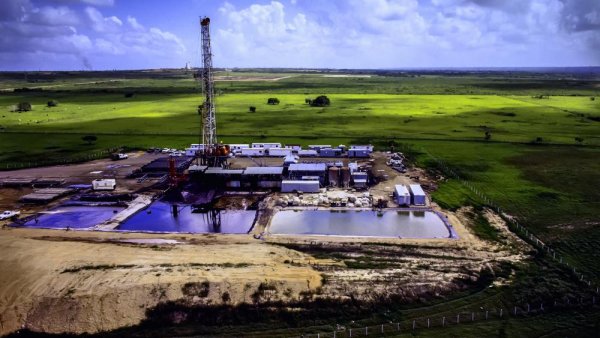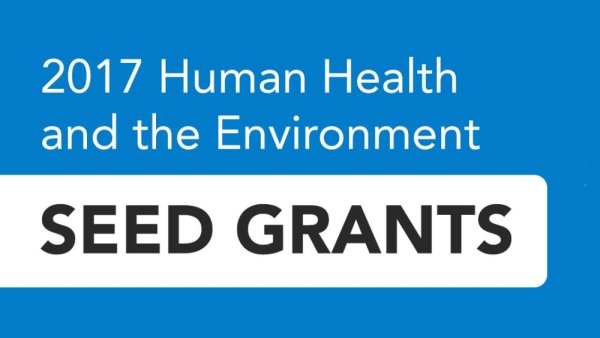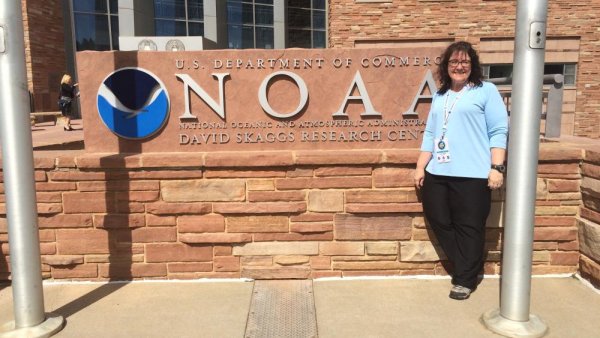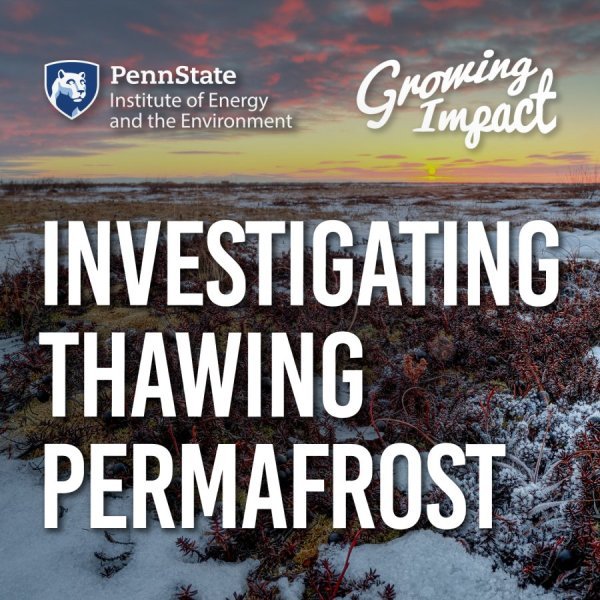Pathway's power to boost, halt tumors may be promising cancer therapy target
| news.psu.edu
A protein may be a key part of a complex molecular cascade that can both cause and inhibit tumors in certain types of cancer, including skin and lung cancers. Penn State researchers suggest that understanding the basic biology of cancer can help the future design of anti-cancer therapies that attack cancer, but leave healthy cells alone.
New evidence of contaminants from fracking
| cmaj.ca
New evidence has emerged indicating that wastewater from fracking contains compounds harmful to human health. Fracking, a controversial technique for extracting oil and gas, involves injecting a water mixture deep into the ground to force open existing fissures. The process produces wastewater
Institutes of Energy and the Environment seed grant recipients announced
| psu.edu
The 2017 Institutes for Energy and the Environment seed grants have been awarded to a pool of interdisciplinary researchers at Penn State. Thirteen grants totaling more than $312,000 have been awarded to 42 researchers that addressed four research themes: Climate and Ecosystem Change, Future Energy Supply, Smart Energy Systems, and Water and Biogeochemical Cycles.
Natural gas industry wastewater pollution may linger for years
| wesa.fm
A new study finds the treated wastewater from Pennsylvania’s natural gas industry may pollute rivers, lakes, streams and creeks for longer than previously…
Researchers receive USDA grant to study new riparian buffer strategy
| psu.edu
A team led by researchers in Penn State's College of Agricultural Sciences has received a nearly $500,000 grant from the U.S. Department of Agriculture to conduct a three-year study of a new flexible strategy to ramp up installation of riparian buffers.
Fracking pollution stays in waterways long after the fracking is done
| popsci.com
Dumping fracking water into rivers, lakes, and streams can cause lasting environmental damage, according to a recent study in the journal Environmental Science and Technology—even if you treat it first.
Soil filters out some emerging contaminants before reaching groundwater
| psu.edu
There is considerable uncertainty surrounding emerging contaminants in aquatic ecosystems and groundwater, and a recent Penn State study of compounds from pharmaceuticals and personal care products didn't add much clarity. But it did provide insight into the transport of the chemicals, according to researchers in the College of Agricultural Sciences.
Rooftop concentrating photovoltaics win big over silicon in outdoor testing
| psu.edu
A concentrating photovoltaic system with embedded microtracking can produce over 50 percent more energy per day than standard silicon solar cells in a head-to-head competition, according to a team of engineers who field tested a prototype unit over two sunny days last fall.
Workshop provides practical science communications training for researchers
| psu.edu
In order to help faculty members and researchers improve their science communication skills, the Institutes of Energy and the Environment is offering training through COMPASS, an organization that was founded to help scientists share their knowledge in a way that effectively communicates their message to the general public but doesn’t compromise the accuracy of the science. The training takes place on Oct. 4–6 and is open to Penn State faculty and graduate students. There is no cost to attend.
Treated hydraulic fracturing wastewater may pollute area water sources for years
| psu.edu
Given Pennsylvania’s abundant natural resources, it’s no surprise that the Commonwealth has become a mecca for hydraulic fracturing. Researchers, however, have recently discovered that releasing millions of gallons of treated hydraulic fracturing wastewater each year into area surface waters may have longer-lasting effects than originally thought.
Recipients of 2017 Human Health and the Environment seed grants announced
| psu.edu
The Human Health and the Environment seed grants for 2017 have been awarded to a pool of interdisciplinary researchers at Penn State. These seed grants were funded by eight separate Penn State research entities and institutes, which collectively contributed more than $500,000. “We had an exceptional pool of proposals from faculty across the university,” Tom Richard, director of the Institutes of Energy and the Environment, said. “The projects address emerging contaminants well as legacy environmental problems that seriously impact human health.”
NASA invites Brandywine professor to spread the word about new satellite
| psu.edu
When new scientific technology is released, it takes a team of scientists, teachers, writers and even social media users to get the word out to the public. This summer, Penn State Brandywine Professor of Earth Sciences Laura Guertin is helping NASA publicize the launch of JPSS-1, a new polar satellite.

